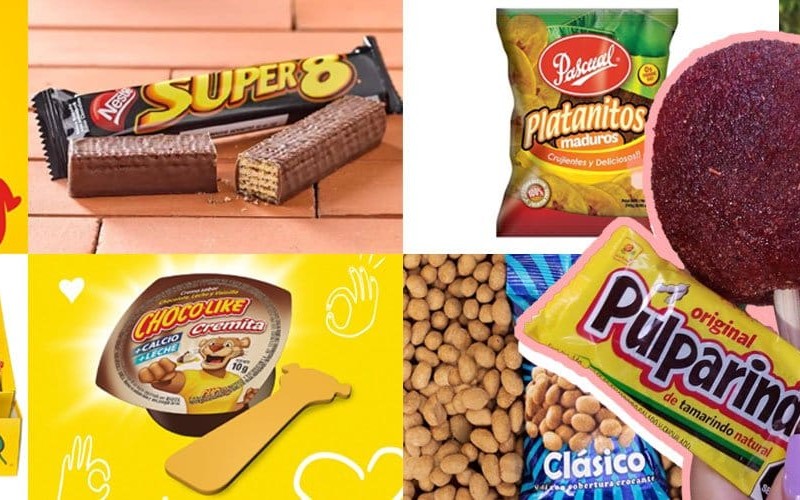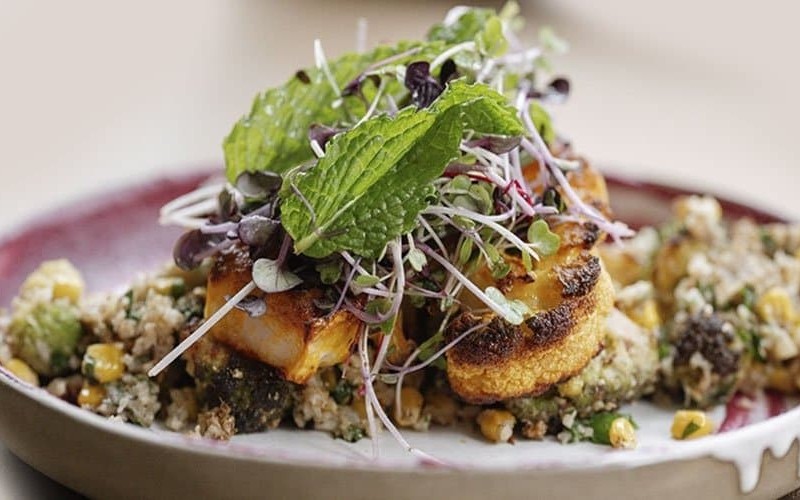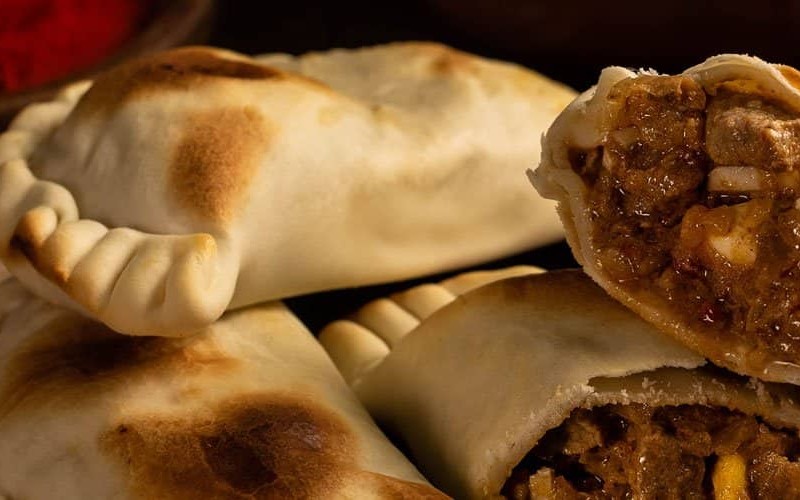10 Most Popular Latino Snacks You Have to Try
When your international palete is craving something beyond what’s at the convenience store, try one of these Latin American favorites.

Sometimes, you’re in the mood for something salty or something sweet, and a healthy bite just won’t cut it. When regular snacks from the convenience store aren’t savory enough for your international palate, Latino snacks come in to save the day.
Try this sampling from across Latin America.
Pulparindo from Mexico
“Pulparindo” is a classic Mexican candy that combines sweet, sour, salty, and spicy flavors. If you’ve never had spicy candy, this will change your life! It’s made with tamarind, but there are also other flavors like mango and watermelon. We recommend the tamarind flavor because it’s the classic option and it offers the most authentic experience. “Pulparindo” is hard to describe, but we bet you’ll love it.
Alfajores Jorgito from Argentina
“Alfajores” are the ultimate Argentinian sweet treat and “Jorgito” is one of the top brands in the country, so they’re a must-try. “Alfajores” are a type of shortbread cookie filled with dulce de leche and coated in chocolate. One thing we love about this snack is that it may look dry at first glance, but when you bite into it, it melts in your mouth and the combination of flavors is out of this world. They’re perfect with tea–yerba mate tea if you want to be traditional.
Arequipe Alpina from Colombia
“Arequipe Alpina” is a very popular spread in Colombia and it’s versatile because it goes on anything. “Arequipe” is dulce de leche, made from simmering milk and sugar until it caramelizes and thickens, leaving a sweet and creamy spread. You can enjoy it on its own or spread it on bread or saltines for a nice contrast of flavors, and you can also use it in pastries, cakes, and more.
Torontos from Venezuela
“Toronto” is one of the most popular chocolates in Venezuela and that’s saying something because they love their cocoa over there. “Toronto” is a round milk chocolate candy with three layers: a thin chocolate shell, creamy milk chocolate and chopped hazelnut paste, and a whole hazelnut in the center. You won’t be able to have just one, it’s impossible!
Garoto Bombones from Brazil
Brazil also has some great chocolate bites, and the most popular ones are the “Garoto Bombones.” They’re individually wrapped bonbons made with milk chocolate and a variety of different fillings. “Garoto Bombones” usually come in a box of assorted flavors, ranging from the classic chocolate ganache filling to fruity fillings. You’ll have a lot of fun discovering each flavor and deciding which one’s your favorite.
Manicris from Ecuador
Peanut lovers will enjoy this one! “Manicris” is one of the most popular snacks in Ecuador because they take peanuts and transform them by adding a crunchy layer. The crunchy layer is a bit sweet, and combined with the peanut’s saltiness, it makes a delightful snack. Beware, they can be addictive!
Super8 from Chile
“Super8” is a Chilean favorite, and for good reason! They’re long wafer cookies filled with cream and coated in rich chocolate, so they offer a good balance of flavors and texture. They’re a delicious, sweet, crispy treat that can go really well with some coffee or a cold soft drink. Either way, you’ll enjoy every bite.
Platanitos from Panama
“Platanitos” are thinly sliced and fried plantain chips and they’re popular throughout South America, so of course they love them over in Panama. They’re crispy and salty, though they can also be slightly sweet depending on the ripeness of the plantain. You can enjoy “Platanitos” on their own and they can be a great addition to your movie night snack rotation, but they can also be served alongside meals like sandwiches or wraps.
Mazapán from Mexico
“De la Rosa Mazapán” is another classic Mexican treat, but this time, it’s a sweet treat. It’s similar to the marzipan you probably already know, but “De la Rosa Mazapán” is made of peanuts and sugar, so the flavor and texture are a little different. They’re simply delicious, and they melt in your mouth, which is why people have a hard time eating just one. They’re crumbly, though, so don’t even think about eating them in bed. And if you want an extra challenge, try eating it without it crumbling into a million pieces.
Chocolike Cremita from Bolivia
Last but not least, we have the “Chocolike Cremita” from Bolivia. Chocolike is a big brand over there, and they’re known for their instant chocolate powder drink, which kids love. The “Cremita” is the creamy snack version of the chocolate drink, so it’s become a popular variation of the powder drink. You scoop it up and eat it as is, but you could also spread it on bread if you feel like elevating the snack a little bit.




